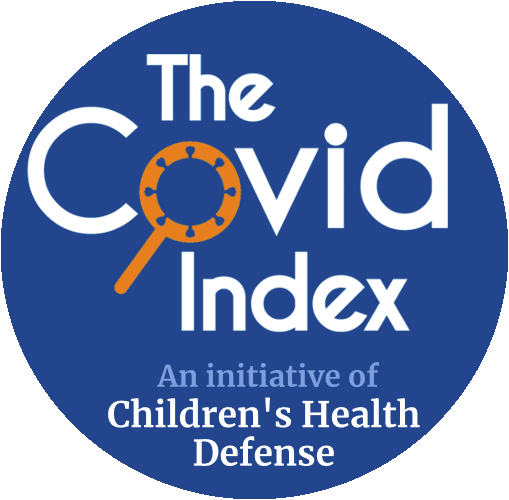"Introduction
The interaction of SARS CoV-2 with the host immune system is largely determined by the structural similarities between viral and host proteins. The studies of SARS CoV-2 are still focused on the S [spike] protein.
An extremely high contagiousness of the coronavirus SARS CoV-2 indicates that during its evolution the virus developed the ability to deceive the innate immune system. The simplest way to achieve this ability would be to incorporate into its membrane the proteins that share structural similarity with those which the immune system of the potential victim has learnt to ignore...
The SARS CoV-2 proteins may simulate human proteins, mislead the immune system, and slow down its response.
However, mimicry is not the only process that is determined by the protein homology between the virus and host organism. After the inevitable destruction of the virus particle, the proteins or their domains, which were inside the virus until then, come into contact with the immune system. With some structural similarity, a part of the immune response will be directed against the proteins of the host organism, i.e., an autoimmune response will arise.
This study aimed to identify the human proteins which share a significant structural homology with the SARS CoV-2 proteins. We hope this information will be useful to the developers of vaccines against coronavirus...
S protein, 1273 aa
With a high degree of probability, it can be argued that the S protein is involved in the process of mimicry. It may also take some part in provoking an autoimmune response."
Copyright © 2021, The Author(s)
This is an open access article distributed under the terms of the Creative Commons CC BY license, which permits unrestricted use, distribution, and reproduction in any medium, provided the original work is properly cited.
You are not required to obtain permission to reuse this article.
